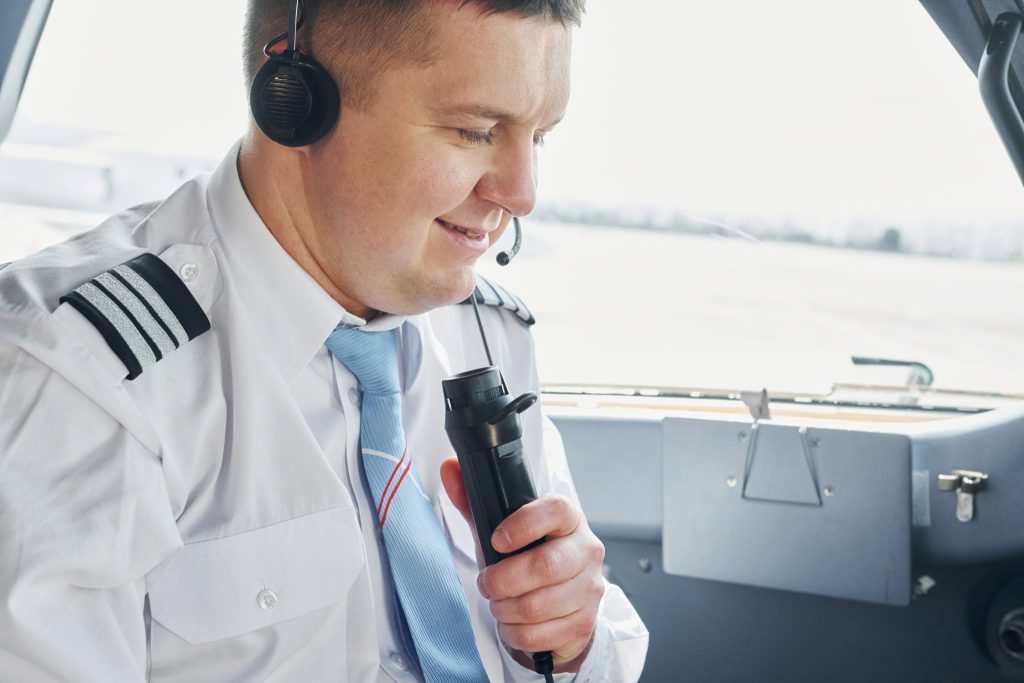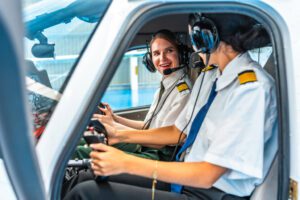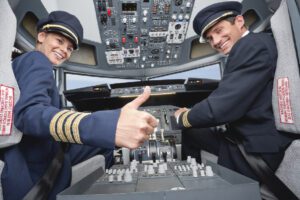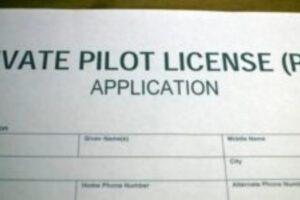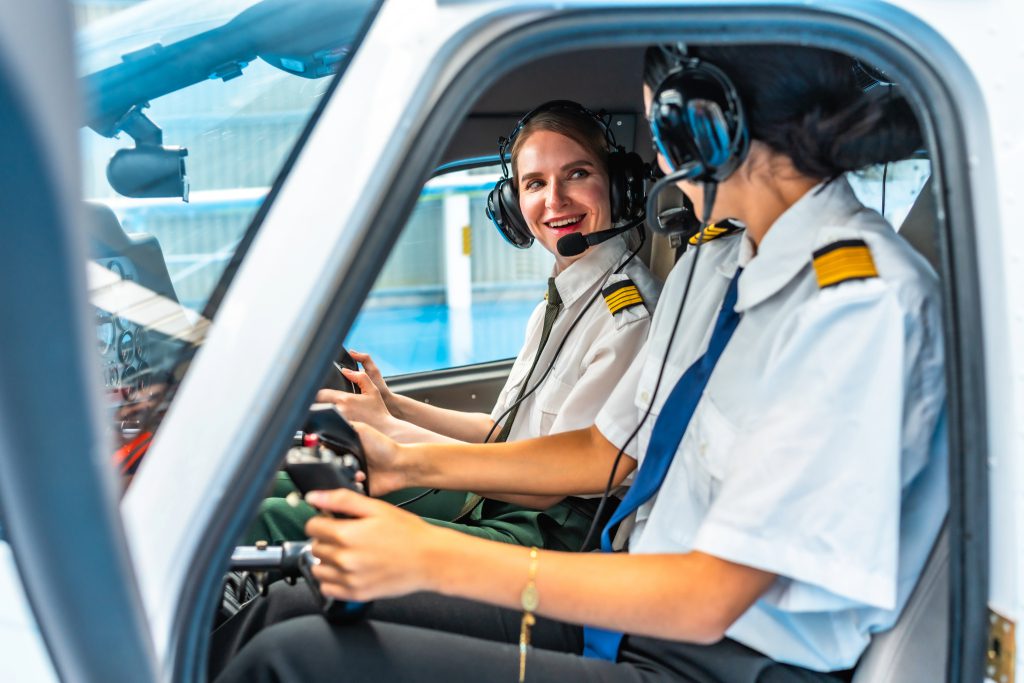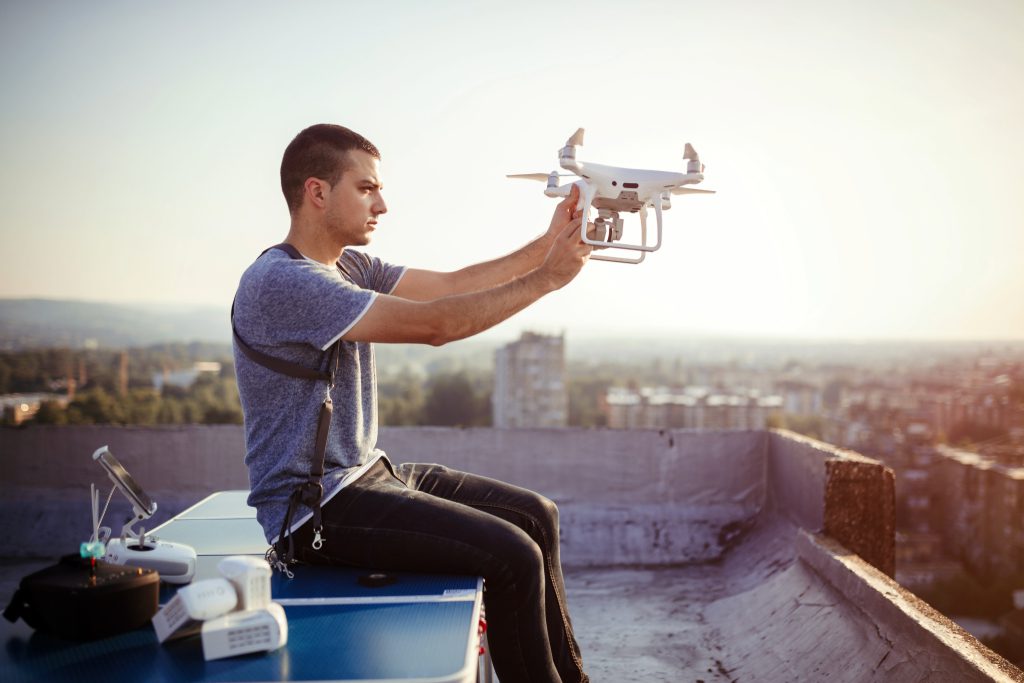Situational awareness (SA) is often described as the pilot’s sixth sense. It involves perceiving what is happening around you, understanding what those cues mean and anticipating what might happen next. Strong SA is a cornerstone of safe and efficient flight. This guide explains what situational awareness is, why it matters and how student pilots can cultivate it.
What Is Situational Awareness?
The Federal Aviation Administration defines situational awareness as an accurate perception of all factors within four fundamental risk elements—pilot, aircraft, environment and external pressures—that affect safety before, during and after a flight. In simpler terms, it is your ability to perceive your aircraft’s status and surroundings, comprehend their significance and project how they might change. Bytron Aviation elaborates that the process involves three stages: perception (continuous scanning of visual, instrument and auditory cues), comprehension (interpreting how those elements interact) and projection (anticipating future developments).
Core Components of SA
- Perception: Actively gathering information from instruments, outside references and communications.
- Comprehension: Making sense of raw data—recognising, for example, that a storm cloud on the horizon could affect your flight path.
- Projection: Anticipating the next sequence of events, such as how weather or traffic patterns may evolve.
Why Situational Awareness Matters
Loss of situational awareness is a common factor in aviation incidents. The Aircraft Owners and Pilots Association notes that strong SA helps pilots avoid mid‑air collisions, airspace violations and weather‑related accidents. By maintaining a mental model of your aircraft’s position, altitude, speed and environment, you can identify hazards like rising terrain or converging traffic and take corrective action. Bytron points out that SA also improves efficiency; pilots who stay aware of airspace and traffic conditions can optimise routes, reduce fuel consumption and communicate more effectively with air traffic control. Real‑world accidents underscore its importance: Eastern Air Lines Flight 401 crashed in 1972 after the crew became preoccupied with a landing‑gear light and lost awareness of their altitude.
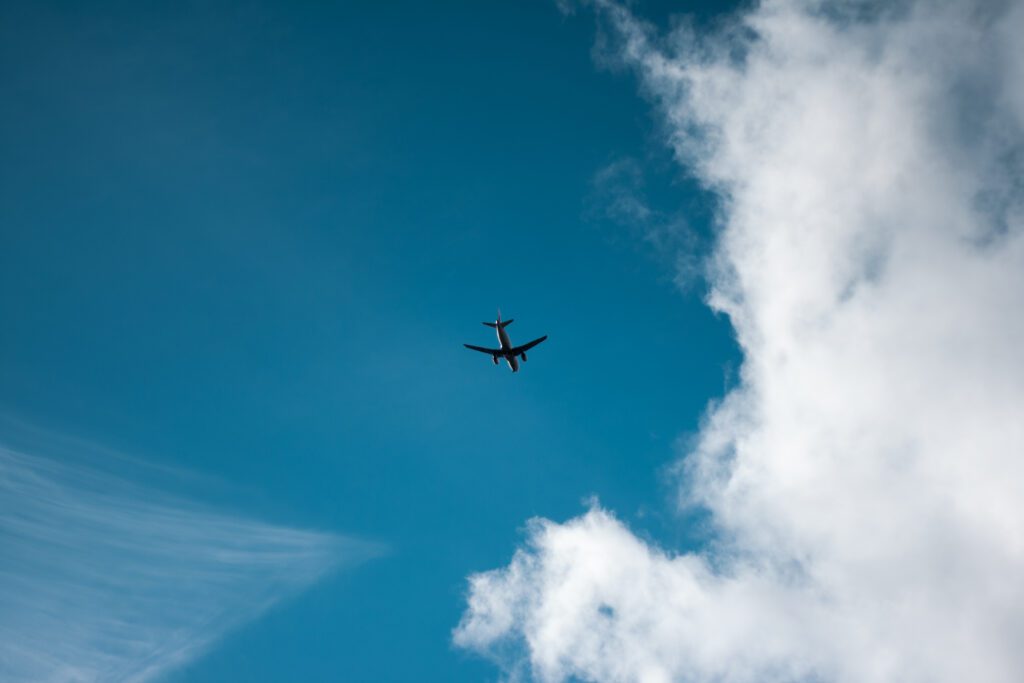
Challenges to Situational Awareness
Modern cockpits can overwhelm pilots with information. Bytron lists several factors that erode SA: information overload, over‑reliance on automation, fatigue, stress and distractions. Long duty days and time‑zone shifts can reduce alertness, while passenger interactions or cabin issues can divert attention from critical flight tasks. Awareness can also fade when pilots become complacent during routine operations or place blind trust in automation.
How to Build and Maintain Situational Awareness
1. Continuous Learning and Training
Knowledge forms the foundation of situational awareness. Stay current with aviation regulations, technology and procedures. Leading Edge Flight Academy emphasises that ongoing study keeps pilots ahead of the aircraft and prepared for changing conditions. Regularly review aircraft manuals, weather resources and airspace regulations.
2. Use Flight Simulators and Scenario‑Based Training
Simulators allow pilots to practise handling system failures, adverse weather and other irregular situations without real‑world risk. FlyBend’s article notes that simulators build decision‑making skills and confidence. Scenario‑based training exposes you to realistic situations, enhancing your ability to assess complex conditions and make informed decisions.
3. Thorough Pre‑Flight Preparation
Effective SA starts before you ever start the engine. Review the route, weather forecasts, NOTAMs and your aircraft’s mechanical status. FlyBend highlights that comprehensive pre‑flight planning reduces the likelihood of being surprised by emerging threats. Anticipate alternative routes and diversion airports, and brief passengers or crew on the plan.
4. Stay Ahead of the Aircraft
Thinking several minutes ahead keeps you prepared for what’s next. Stay mentally “ahead of the aircraft” by constantly evaluating where you will be in five, ten or fifteen minutes. This proactive approach helps you manage workload and adapt to changes.
5. Communicate Clearly
Open communication with air traffic controllers and crew members provides timely information and ensures everyone shares the same mental picture. Clear radio calls and cockpit briefings help identify conflicting traffic, weather deviations or changes in clearance. Crew Resource Management (CRM) training fosters effective teamwork and shared awareness, while single‑pilot operations benefit from Single‑Pilot Resource Management (SRM) techniques.
6. Debrief After Each Flight
Take time after a flight to analyse your performance. FlyBend suggests that regular debriefs help identify strengths and areas for improvement. Reflect on how effectively you maintained SA and how you handled unexpected events.
7. Manage Automation and Avoid Information Overload
Automation is a powerful aid but can diminish SA if over‑relied upon. Train to monitor and cross‑check automated systems rather than blindly trusting them. Organise cockpit displays and checklists to reduce clutter and focus on critical data. Recognise signs of fatigue and take steps to mitigate stress through rest and workload management.
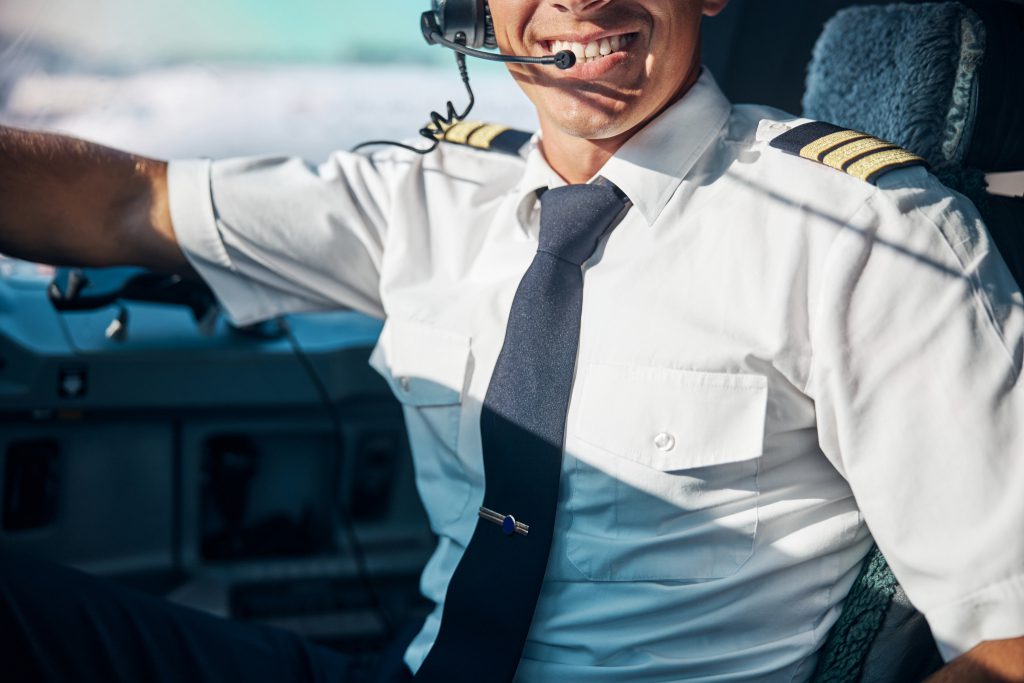
Technology and Tools to Enhance Situational Awareness
Electronic Flight Bags (EFBs) deliver real‑time weather, NOTAMs and chart updates, giving pilots a consolidated source of information. Terrain Awareness and Warning Systems (TAWS) and Traffic Collision Avoidance Systems (TCAS) provide real‑time warnings about terrain and nearby aircraft. Synthetic Vision Systems (SVS) and Combined Vision Systems (CVS) display virtual terrain and obstacle data even in low visibility, improving pilot awareness. The FAA plans to equip airports with runway‑incursion devices by 2026 to increase ground awareness. Adopting these tools can significantly enhance your mental model of the flight environment.
Final Thoughts
Situational awareness is not a static skill, it requires continuous practice and self‑reflection. By understanding its components, recognising common pitfalls and actively working to improve through education, simulation, preparation and debriefing, you can develop the keen awareness that separates safe, confident pilots from novices. Combining human judgment with modern avionics and teamwork creates a resilient safety net. As you progress in your pilot training, make situational awareness an integral part of every flight, and you will cultivate habits that serve you well throughout your aviation career.

